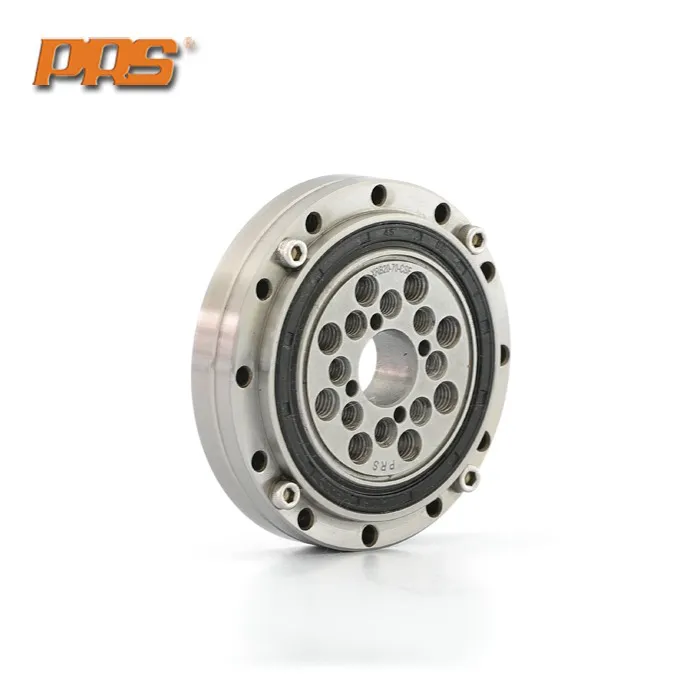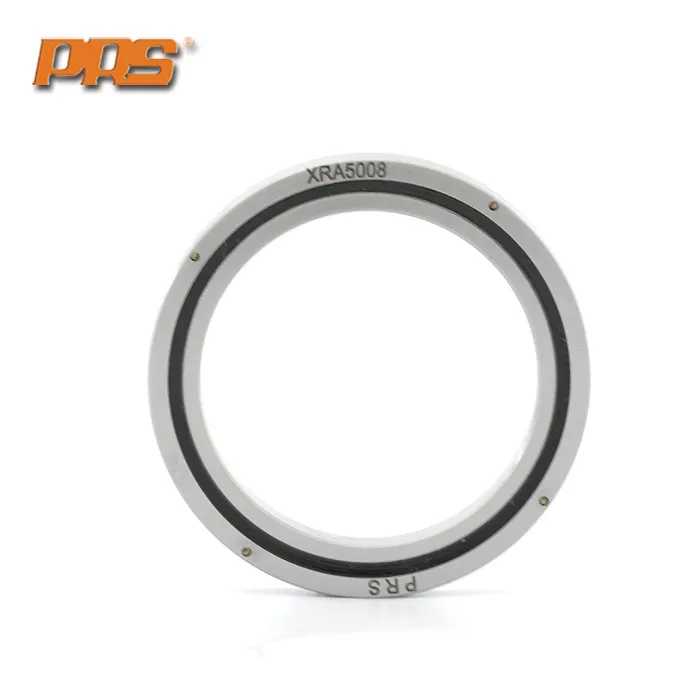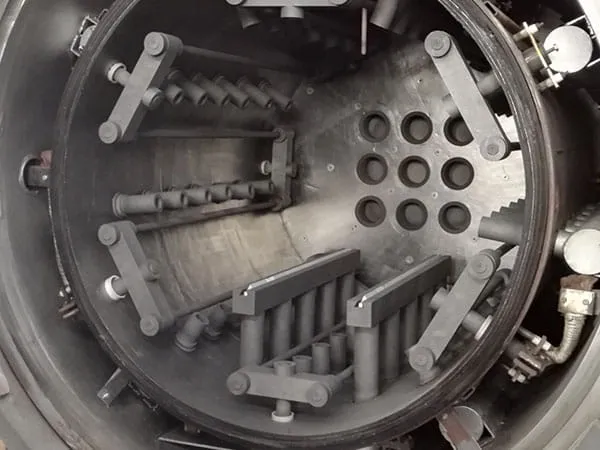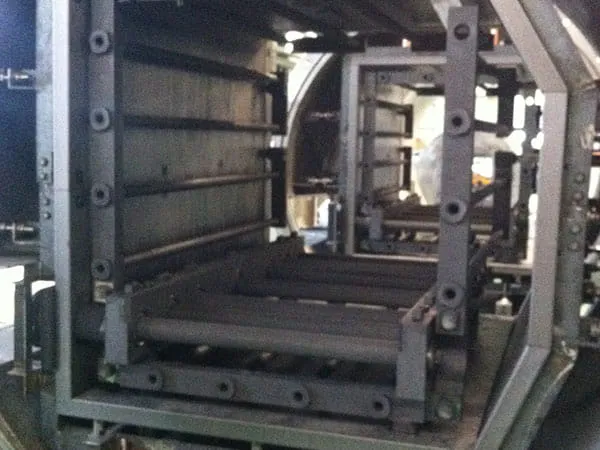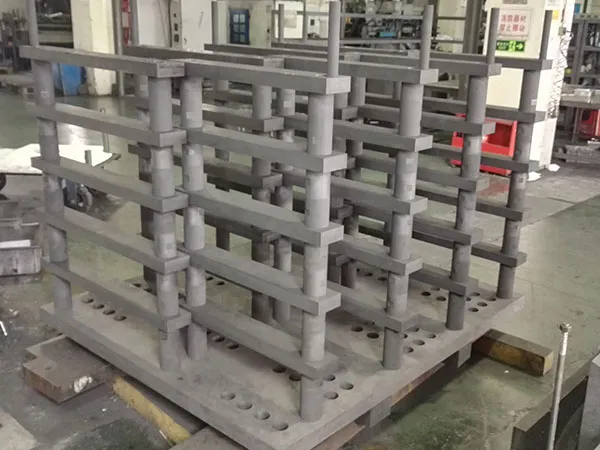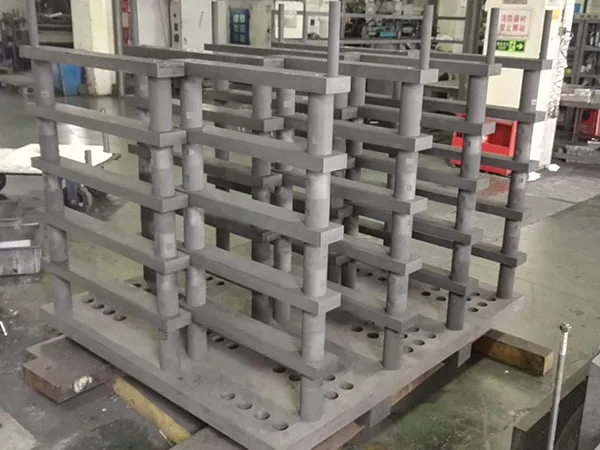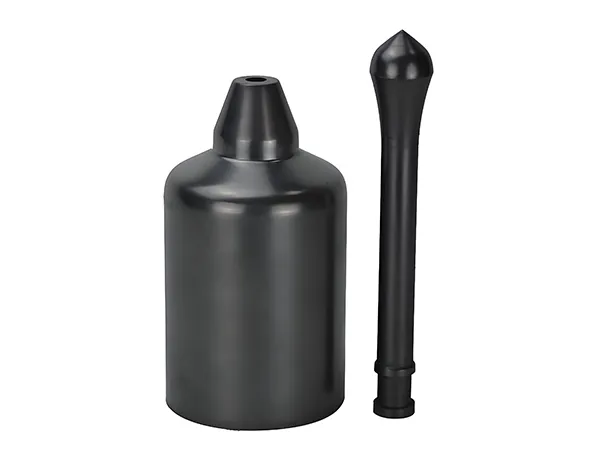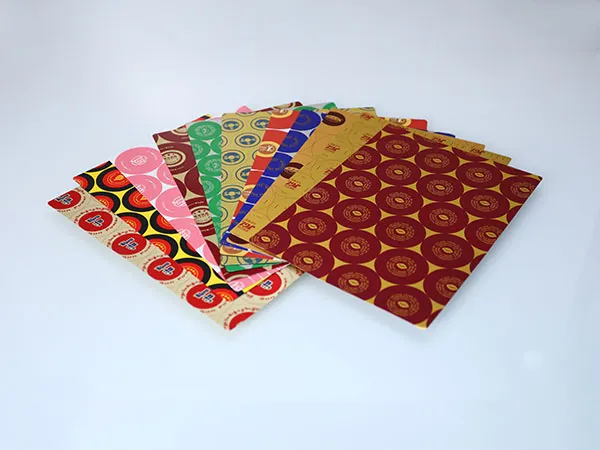Métodos para mejorar la eficiencia de la pantalla vibratoria

1. Optimizar la distribución del material de alimentación:
Incluso extendiendo: Asegúrese de que el material se alimente de manera uniforme en todo el ancho de la pantalla. La distribución desigual conduce a una sobrecarga localizada y una detección ineficiente de otras áreas.
Velocidad de alimentación controlada: Mantener una velocidad de alimentación consistente y adecuada. Demasiado material puede cegar la pantalla y reducir la estratificación, mientras que muy poco puede desperdiciar la capacidad de la pantalla.
Diseño de caja de alimentación: Utilice cajas de alimentación bien diseñadas que ayuden a extender el material de manera uniforme y absorben parte de la energía de impacto, Protección de los medios de pantalla.
2. Seleccione los medios de pantalla correctos:
tipo de material: Elija Medios de pantalla (malla, poliuretano, goma, placa de golpe) que es adecuado para el material específico que se está proyectando.
Las consideraciones incluyen abrasividad, pegajosidad, y forma de partícula.
Tamaño y forma de apertura: Asegúrese de que el tamaño y la forma de apertura sean apropiados para la separación deseada y las características del material.. Las aberturas cónicas o ranuradas a veces pueden mejorar la eficiencia de detección para ciertos materiales.
Área abierta: Maximice el área abierta de los medios de pantalla sin comprometer la fuerza o el uso de la vida. Un área abierta más grande permite que pase más material.
Medios de autolimpieza: Para materiales pegajosos o húmedos, Considere los medios de pantalla de autolimpieza, tales como pantallas de arpa o soluciones anti-cigarrillos, para evitar la fijación y el cegamiento.
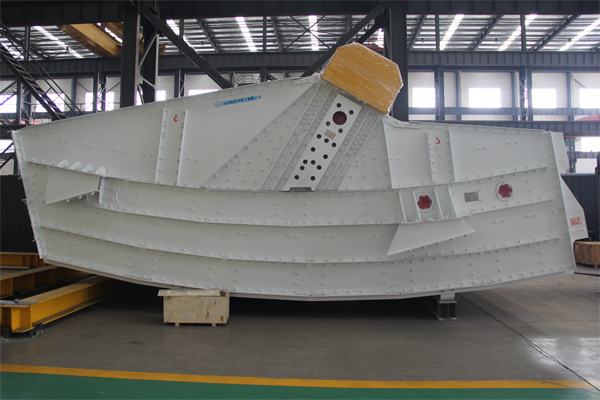
3. Ajustar los parámetros de la pantalla:
Accidente cerebrovascular y frecuencia: Optimizar el golpe de la pantalla (amplitud) y frecuencia (vibraciones por minuto) basado en las características del material y la separación deseada. La frecuencia más alta y el accidente cerebrovascular más pequeño a menudo son mejores para separaciones más finas, Mientras que el accidente cerebrovascular más grande y la frecuencia más baja son adecuados para materiales más gruesos.
…
Se puede encontrar información más detallada sobre cómo mejorar la eficiencia de la pantalla vibratoria en: https://www.hsd-industry.com/news/methods-to-improve-vibrating-screen-efficiency/




